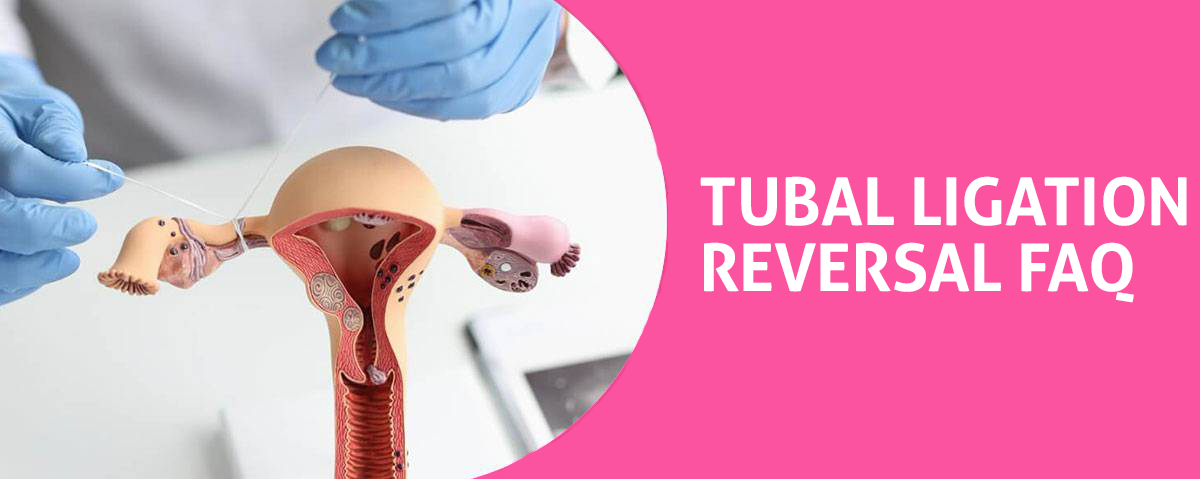Can Doctor See Fibroids When Doing a Tubal Ligation?
While you’re considering a tubal ligation, it’s also crucial to know about fibroids, which are noncancerous growths that develop in or around the uterus. Fibroids can vary in size, from tiny, barely visible growths to large masses that can distort the shape of the uterus. The signs and symptoms of fibroids can range widely – some women may not even know they have them, while others could experience heavy periods, pelvic pain, and frequent urination. Thankfully, fibroid treatments are available and can range from medication to surgery, depending on the severity of your symptoms and your overall health. Understanding your unique situation and discussing it with your doctor is key to finding the best treatment approach.
The Intersection of Tubal Ligation and Fibroids
As you consider tubal ligation, it’s important to understand how this procedure intersects with the presence of fibroids in your body. Fibroids detection methods vary, but doctors can often identify these growths during routine gynecological exams or ultrasounds. However, during a tubal ligation surgery, it’s often more challenging to spot fibroids, especially if they’re located away from the fallopian tubes. That’s why it’s crucial to discuss any concerns about fibroids with your doctor before the procedure. While tubal ligation complications are rare, having fibroids could potentially increase risks like heavy bleeding or infection. Being aware of your body and proactive in your healthcare decisions can help ensure a safe and successful procedure.
Potential Health Implications
The potential health implications of having fibroids during a tubal ligation can’t be overlooked, so let’s delve into this crucial topic. Fibroids can increase the complexity of the procedure, leading to more invasive surgeries and longer recovery times. They also could potentially interfere with the effectiveness of the tubal ligation, increasing your risk of pregnancy post-procedure.
Risk factors for developing fibroids include age, family history, ethnicity, and obesity. If you’re diagnosed with fibroids, your doctor will discuss treatment options, which may include medication, minimally invasive procedures, or surgery. Remember, every case is unique, so it’s essential to discuss your individual risks and benefits with your healthcare provider. Taking an active role in your health decisions will ensure the best possible outcome.
Other Popular Questions About Tubal Ligation Reversal:
How Dangerous Is Tubal Ligation?
How Common Is Weight Gain After Tubal Ligation?
How Common Is Tubal Ligation Failure?
How Common Is Regret After Tubal Ligation?
How Common Is Recanalization After Tubal Ligation?
How Common Is It to Get Pregnant 7 Years After a Tubal Ligation?
How Can You Tell if Your Tubal Ligation Failed?
How Can You Still Have Periods After Tubal Ligation Anatomy?
How Can You Have a Period After Tubal Ligation?
How Can I Tell What Type of Tubal Ligation I Had?
How Can I Reverse Tubal Ligation?
How Can I Prevent Early Menopause After Tubal Ligation?
By using this webiste you agree to Terms and Conditions
